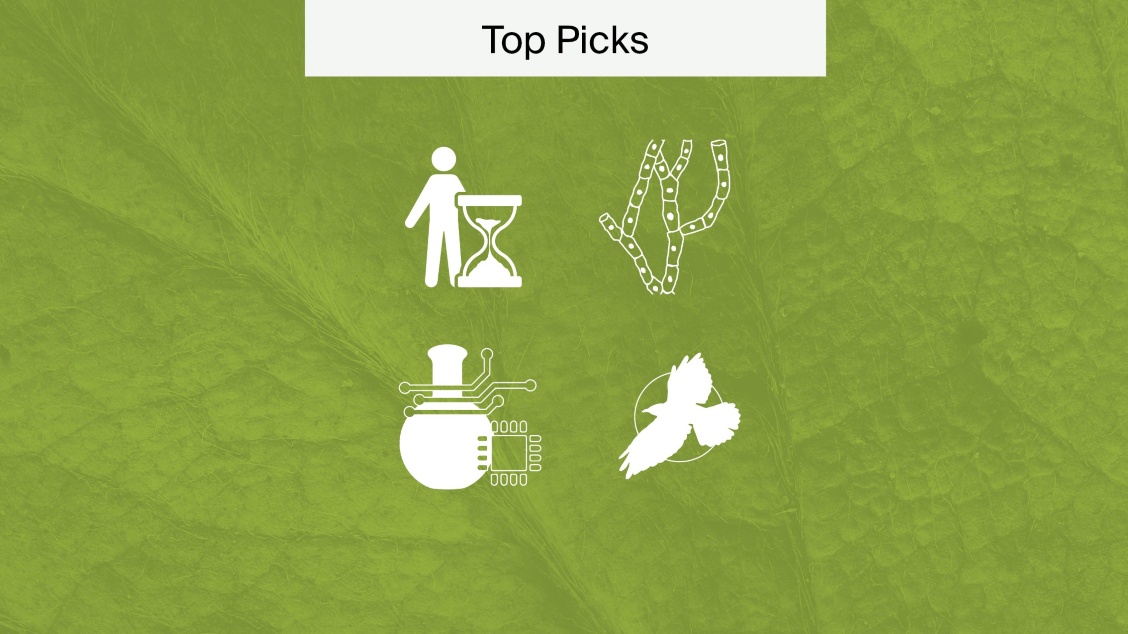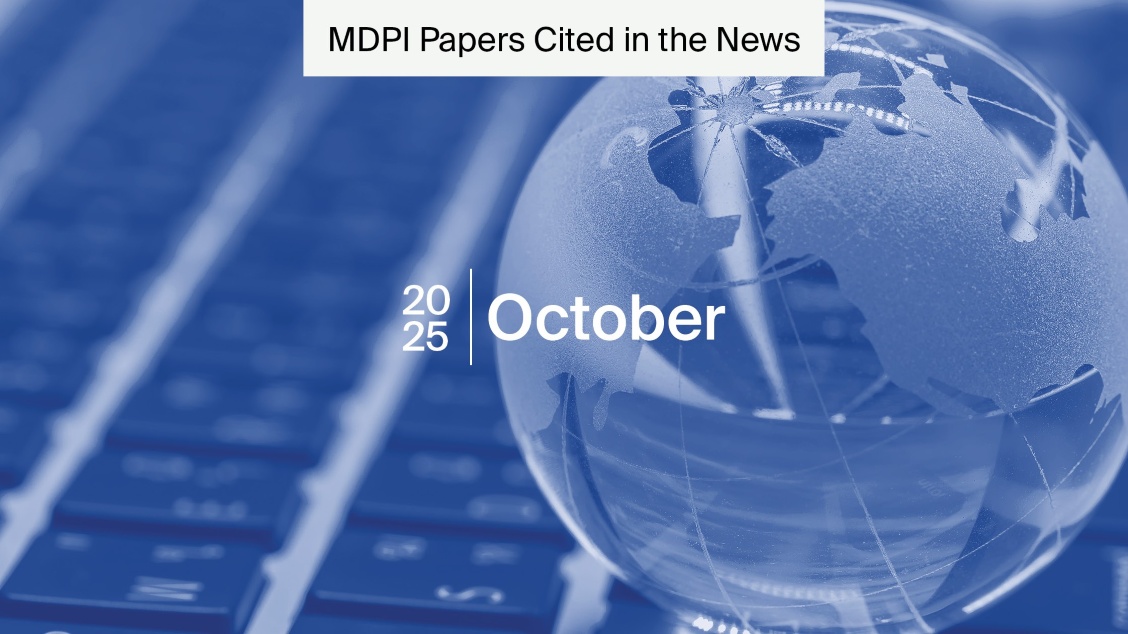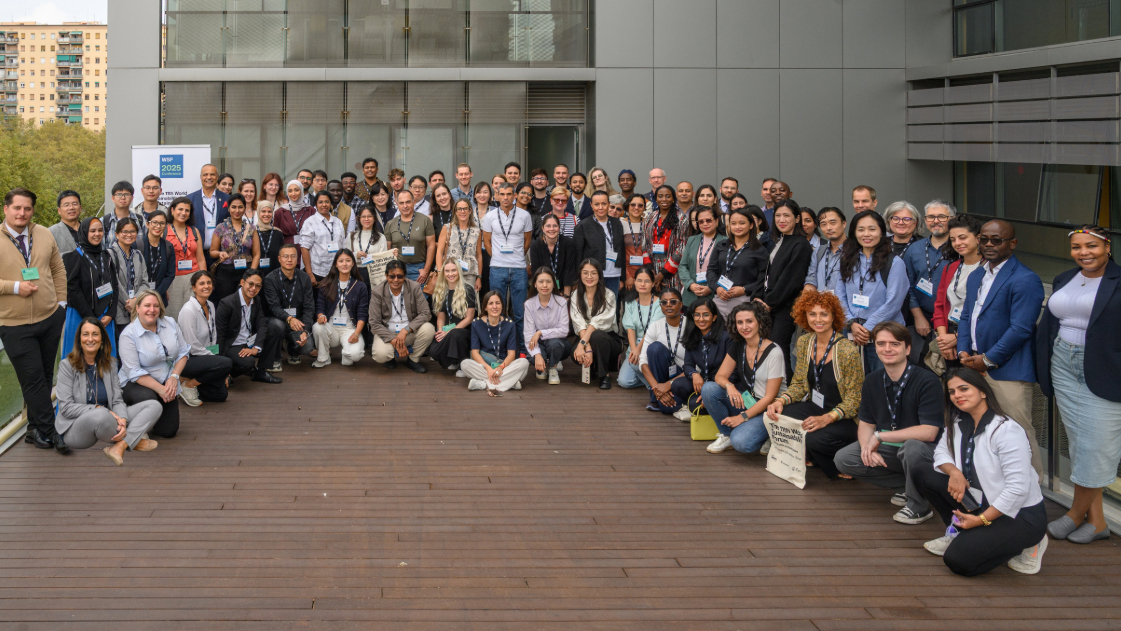
Insights from MDPI Top Picks: April 2025
This April’s roundup of MDPI Top Picks shines a spotlight on climate and community. We see how rising sea levels in the Netherlands instigate research on adapting to a changing climate, published in Water.
Additionally, we explore research published in Youth on how young people visualise their ideal reality, urging more research on urban design and planning. On the other hand, we look at research published in Geriatrics that aims to fulfil the health, economic, social and environmental needs of the ageing community by designing an adult daycare centre.
Lastly, in an article published in the Journal of Xenobiotics, researchers present the prevalence of toxic metal exposure in pregnant women, highlighting the need for greater awareness to protect mothers and babies within the community.
Lifestyle
Original Article: Youth and Their Ideal Neighborhoods: How Do Ideals Compare to Lived Realities Across Different Neighborhoods in Nashville, Tennessee?
Published in Youth
A recent study published in the Open Access journal Youth sought to explore what the ideal life looked like for youth in Tennessee, and how this differed from their actual lived reality.
We reached out to Professor Brian D. Christens, whose research focuses on community empowerment and development, and the human sociopolitical development process.
Young people are excluded from many of the decision-making processes that affect their cities and neighborhoods. This study analyzed data that were collected as part of the Dream City Workshop, an innovative approach to engaging young people in setting priorities for the future of their city: Nashville, Tennessee. In this article, we examine the priorities that youth in different Nashville neighborhoods placed on different resources (e.g., parks, grocery stores) and whether their priorities appeared to be influenced by either the relative abundance or lack of those resources in their own residential neighborhoods.

The results showed a complex mix of alignment and divergence between ideals and lived realities, with some types of resources (such as libraries, community centers, and parks) being prioritized more often by youth in neighborhoods with a relative lack of these resources. In contrast, for some other resources (e.g., sidewalks and affordable housing), youth in neighborhoods with a relative shortage of these resources often assigned them a lower priority.
The article itself goes into much more detail and displays maps comparing ideals with lived realities for each resource across different neighborhoods in the city. These findings can advance efforts to engage young people in decision making about their cities, and they also suggest some key questions for ongoing research.
Climate
Original Article: Room for Sea-Level Rise: Conceptual Perspectives to Keep The Netherlands Safe and Livable in the Long Term as Sea Level Rises
Published in Water
Rising sea levels have become a major concern in the last two centuries, becoming one of the more well-known symptoms of climate change globally.
A recent article published in MDPI’s Open Access journal Water describes how an accelerated sea-level rise (SLR) is a major threat to the Dutch population of the Netherlands. We hear from the first author of the study, Jos Van Alphen, who discusses the immense importance of the research and its future application:
In this paper, we explore innovative and integrated approaches to address one of the most pressing challenges of our time: adapting to rising sea levels in a sustainable and proactive way.
The Netherlands, as a low-lying country, faces unique risks, but also opportunities to lead the way globally in tackling these challenges. Our research emphasizes the importance of long-term planning, interdisciplinary collaboration, and thinking beyond traditional engineering solutions to ensure safety, liveability, and ecological balance.
We hope this work inspires readers to consider bold and adaptive strategies for climate resilience, not only for the Netherlands but for vulnerable regions worldwide.

Climate research is crucial, now more than ever. This research is not exclusive to the technical aspect of the changing climate and its impacts on humans, but also encompasses more action-based protocols. This research covers key operational blueprints and planning to create future policies for adapting and improving the living conditions of populations globally amidst the climate crisis. Importantly, it also addresses the critical need for continuous environmental awareness and preservation.
Lifestyle
Original Article: Development of an Adult Daycare Center Service Model for the Elderly Through Community Participation: An Action Research Approach
Published in Geriatrics
Regardless of age, all humans crave connection with other people. Social connection plays a crucial part in keeping healthy and staying well. The WHO addresses loneliness as a global health concern, with research showing how it can seriously impact physical and mental health by increasing the risk of anxiety, depression, heart disease and cognitive decline in older adults.
Aside from battling loneliness, health, environmental and socioeconomic struggles are all aspects of which the elderly need consistent focus and attention, with many not receiving adequate support in their daily lives.
In a study published in the Open Access journal Geriatrics, researchers aimed to create a daycare model for the elderly community. The researchers highlighted the urgent need for these spaces through initial surveys before the development of the care services and when evaluating the study outcomes.
As part of the study design, the researchers recruited 20 elderly adults. The daycare services included:
- Health services
- Social services
- Psychological services
- Economic services
- Environmental services
Addressing these core components in the daycare centre as part of the study showed improved well-being and satisfaction in the participants. This was seen in a comparative analysis of survey results collected before and after participation. Improved well-being was particularly relevant in patients who suffered from long-term chronic disease. The services supported them by providing physical care and nutritional guidance, enrichment activities and health screenings, which all improved their overall well-being.
Importantly, the study provided a step-by-step approach to the study design and its future scalability. This research presents an innovative and realistic solution to many issues that the ageing population faces, including a lack of health and financial support.
Health & Disease
Original Article: Prevalence of Exposure to Environmental Metal Mixtures Among Pregnant Women in the United States National Health and Nutrition Examination Survey (NHANES) 1999–2018
Published in: Journal of Xenobiotics
Pregnancy is a marvellously complex and fascinating process that many women go through. Numerous factors can affect pregnancy, both genetic and environmental. There are certain foods and drinks that doctors advise pregnant women to avoid, as they may have certain components that are harmful for the baby or the expectant mother.
A study published in the Journal of Xenobiotics presents the prevalence of pregnant women’s exposure to toxic metals: lead, cadmium, and mercury in the US from 1999-2018. These metals are present in many foods and drinks and the air. Toxicologist and first author of the study, Dr. Patricia Ruiz, comments on the importance of the research:
(The study) highlights the prevalence of environmental metal exposures among pregnant women, a critical issue that can have significant implications for maternal and fetal health. Understanding these exposures allows individuals to recognise potential health risks for both mothers and their babies.
This information is valuable for anyone interested in maternal and child health, as it raises awareness about the necessity of being mindful of environmental factors during pregnancy.

Exposure to these toxic metals via ingestion of food or drink, or inhaled through the air, can result in the elements crossing the placental barrier from the mother’s bloodstream. The study demonstrates the percentage of pregnant (1297 participants) and non-pregnant women aged 20-44 years old exposed to each metal and combinations of the metals from 1999-2018.
Amongst other findings, they saw that there were lower odds of pregnant women having high levels of lead compared to non-pregnant women. They also found that Mexican American women, non-Hispanic Black women and women of other races displayed higher odds of having higher levels of most metals and metal combinations. The authors discuss how this could be due to a few different things. For example, specific ethnic groups may live in more polluted areas or work jobs that increase their exposure risk. Furthermore, the same groups of people may have limited access to education, resources and healthcare, perhaps due to socioeconomic factors.
The research is important to raise awareness of the impact that toxic metals may have on pregnancy, and how being more mindful of certain foods and drinks, and environments may lower the risk of toxic metal exposure.










